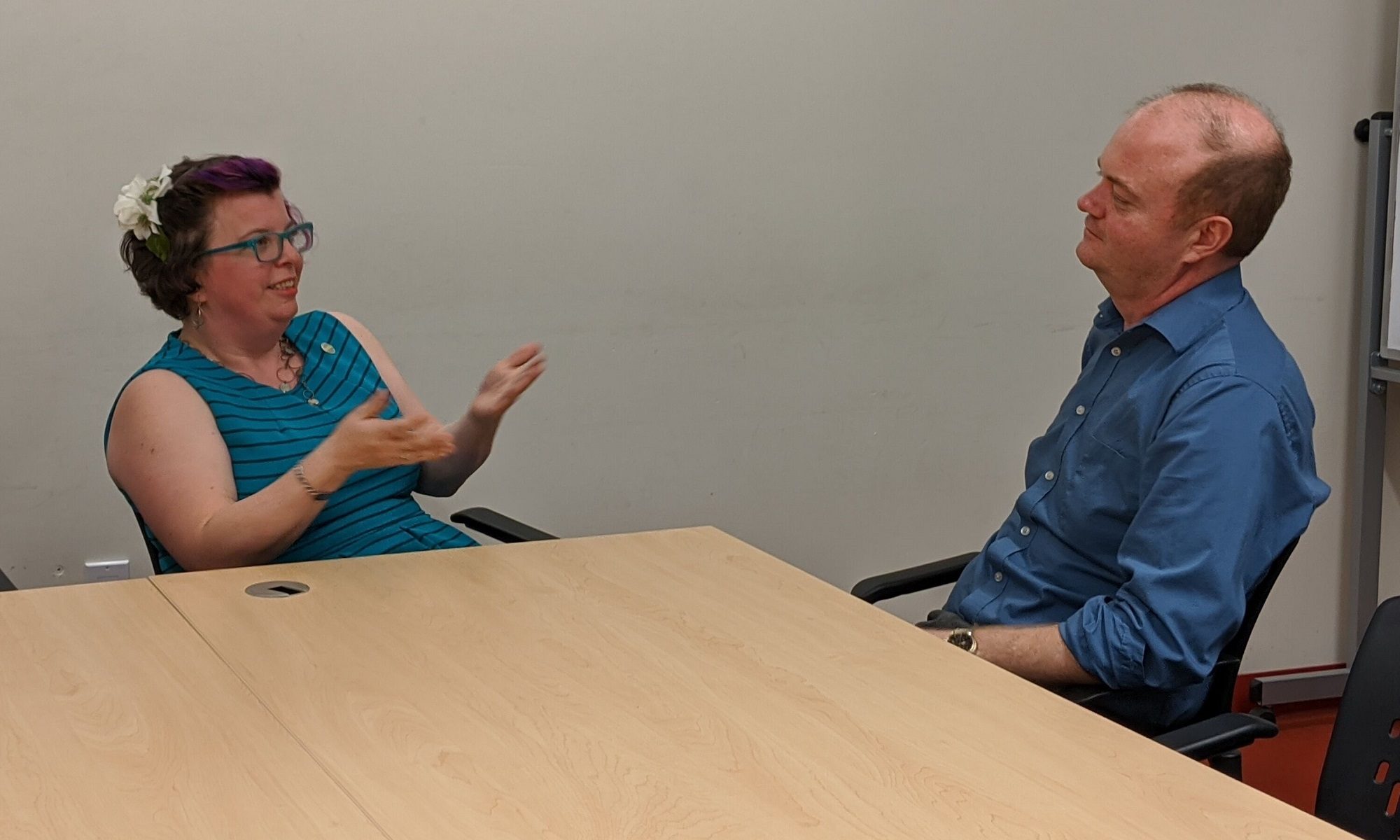In my five-plus years in Toastmasters, I have received a tremendous amount of positive feedback from my evaluators and my audiences. Numerous club members have admired how I present without reading from notes or a script. Recently, I presented a speech on the life of best-selling author Agatha Christie, and numerous club members told me how impressed they were that I had so many details, facts, dates, and statistics that I could deliver without notes. I was surprised because it didn’t feel like a data-heavy piece to me. When I reviewed my draft, however – a PowerPoint presentation which, due to technical difficulties, I was forced to abandon, I discovered that I had included 19 “specific” figures. These included her year of birth, two ages related to schooling, and some simplified statistics, such as “over 2 billion copies of books sold,” “more than 100 TV episodes,” etc.
The question I received was, “How do you remember so many figures?” No one seemed satisfied when I said that I had just rehearsed the speech a few times. This inspired me to examine how I had researched and prepared this speech, and this is what I found:
We remember more not only from multiple exposures, but from engaging multiple senses.
NOTE: This is not my own unique, original concept. It’s something researchers and educators have examined numerous times, and it connects to my own process.
For each statistic/detail in my speech, I was exposed to it repeatedly, and in multiple ways. I saw the information in print, either in a book or on a website (vision). I then either wrote it down or typed it into PowerPoint (touch, and vision again). I read through the slide show out loud as I started putting words and ideas together in a mental script (vision, hearing, and – indirectly – touch, via speech.) Then I created an outline of the speech with my key points and details so I had something I could practice from (vision and touch).
Research has proven that engaging multiple senses in a learning experience almost universally improves retention and understanding. Think about how arithmetic made more sense as a child when you were counting and grouping beans or tokens. Ever sing along with a song and then look up the lyrics? How many songs are now ingrained in your memory? (I learned the Quadratic Formula to the tune of ‘Pop Goes the Weasel.’ I still remember it. I don’t remember what it’s actually for, but I remember it!)
What can you do to help remember details and key points for your speech?
WRITE SOMETHING DOWN Whether drafting a full script, an outline, or bullet points, create something tangible when working on a speech. Type or write out your key points, specific figures, and important language, and you’re instantly engaging your visual and haptic functions.
If you use a slide show or other visual aid, it takes some pressure off of having to remember all the details, but it’s a great advantage to be able to speak without constantly referring back to your slide (and thus looking away from your audience). It’s also handy to have things memorized if, as in my case, you aren’t able to use your lovely visual aids.
REVIEW IT OUT LOUD Reading through silently when editing gets you another round of visual exposure. Then review and practice it out loud, so you’re getting your eyes and ears in the game. Reading aloud can also be an effective proofreading tool . . .more on that in a future article.
ADD GESTURES AND MOVEMENT You can aid your memory – and polish your body language – by adding specific gestures. This adds the level of kinesthetic memory (physical touch or motion) to your presentation. One example is when you’re itemizing key points or sequential events, hold up your fingers and enumerate each one.
“Agatha Christie holds three places in record books. First (one finger up), she is the best-selling author of all time, with more than 2 billion copies of her works sold. Also (second finger), her works are among the top-produced worldwide, alongside Shakespeare and the Bible. Additionally (third finger), her play “The Mousetrap” holds the record for the longest run ever, at over 27,000 performances”
There is nothing like ample rehearsal opportunity and intelligent, constructive feedback during practice to make a presentation shine, but having a few tricks in your toolbox that you can implement easily (and independently) can be a terrific boost.

